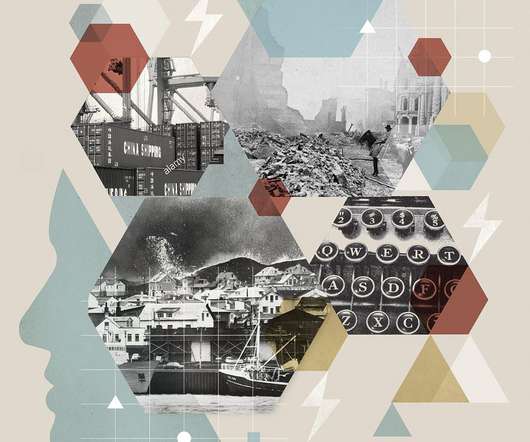Study finds rising emissions of ozone-depleting CFC-11, banned by Montreal Protocol
Green Car Congress
MAY 17, 2018
Emissions of one of the chemicals most responsible for the Antarctic ozone hole are on the rise, despite an international treaty that required an end to its production in 2010, a new study by researchers at NOAA and their colleagues shows. —NOAA scientist Stephen Montzka, lead author of the paper.















Let's personalize your content